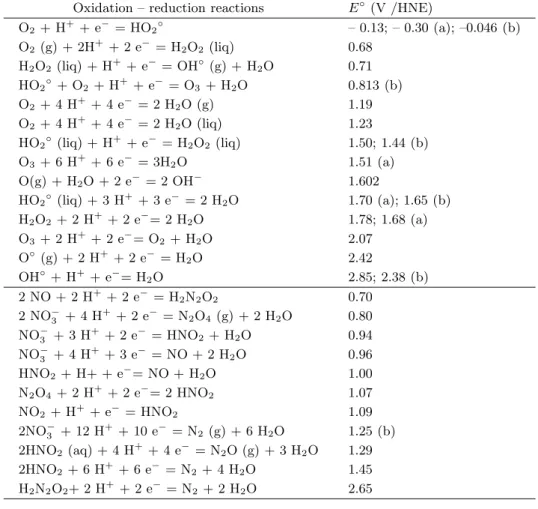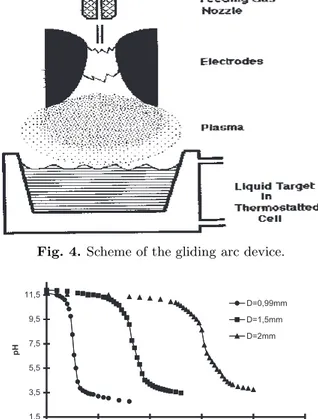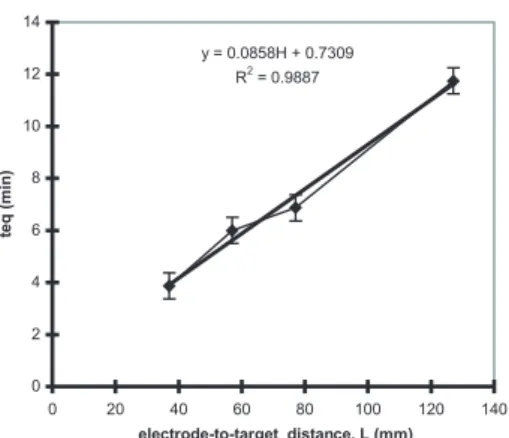Acidity control of the gliding arc treatments of aqueous solutions: application to pollutant abatement and biodecontamination
Texte intégral
Figure
![Fig. 1. Jacq’s matrix for the Quinone (Q)/Hydroquinone (QH 2 ) system involving the intermediate oxidation state [-I].](https://thumb-eu.123doks.com/thumbv2/123doknet/13053498.383206/2.892.535.749.672.747/jacq-matrix-quinone-hydroquinone-involving-intermediate-oxidation-state.webp)



Documents relatifs
Three specimens were built and tested to obtain the following information: (1) the locked-in stresses induced from the manufacturing and rolling process used in producing the plate;
En début comme en fin de période, les oppositions majeures entre types de formation supérieure classent les régions selon leur poids démographique : les plus petites ont conservé
In the spirit of the literature concerning coalitional production economies, we define a coalitional exchange economy by considering a pure exchange economy in which the
This paper presents the growth and characterization of three-dimensional structures using metal-organic (or organometallic) chemical precursors like M(CH 3 ) 3 , where M is a
Since 1971, he has been a professor with the Poly- technic University of Catalonia, Barcelo- na, Spain, with the Autonomous Univer- sity of Barcelona, Barcelona, Spain, and also
Since 1971, he has been a professor with the Poly- technic University of Catalonia, Barcelo- na, Spain, with the Autonomous Univer- sity of Barcelona, Barcelona, Spain, and also
L’archive ouverte pluridisciplinaire HAL, est destinée au dépôt et à la diffusion de documents scientifiques de niveau recherche, publiés ou non, émanant des
The effect was strong enough in hydrogen to produce steady rotat- ion rates a s high a s 35 kHz for zero applied field and is the explanation of the rapid
![Fig. 6. Evolution of the “equivalent” time t eq with the current intensity, for given working parameters [ Q = 975 L/h; D = 2 mm; H = 20 mm]](https://thumb-eu.123doks.com/thumbv2/123doknet/13053498.383206/7.892.522.757.137.239/fig-evolution-equivalent-current-intensity-given-working-parameters.webp)


